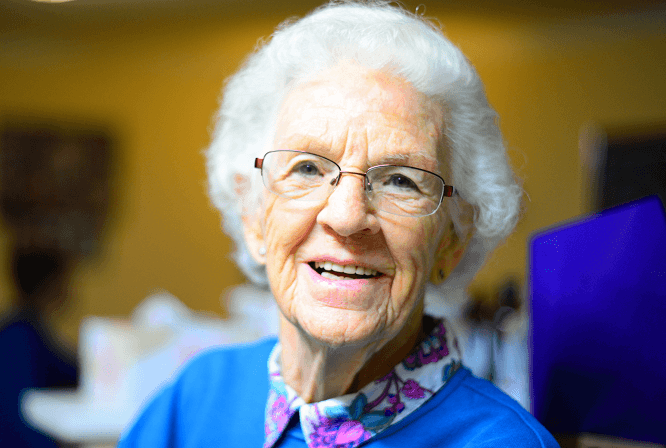They say America is aging and statistics show that to be true. By 2050, the number of Americans over 65 years of age will reach 88.5 million. That’s twice the number in 2010, meaning in just 40 years, our country’s older population will double.
As our population ages, we are most of us likely to fall into one of two categories: the “older adults” who want to stay independent, and the children of those older adults who are trying to support their parents in their independence.
We’ve written about keeping seniors safely living on their own before, in our blog post called Keeping Seniors Safe: 6 Tips to Keep Your Parents Independent Longer. In that post, we talked about ways to make sure the kitchen and bathroom are safe, coaching our elderly relatives on safe social media usage, ensuring the lighting is good, and installing a home security system.
We’ve also written about how a home automation system can help senior citizens to stay in their homes.
In this post, we build on that previous advice to add three more nuggets that have come to our attention with additional research into keeping seniors safe when living alone.
Prevent falls when you put things within easy reach
I’m not yet an older adult, but I still make my husband cringe when I stand on a chair or jump up in the air to reach a bowl on a top shelf. In his mind, his accident-prone wife is only asking for an injury, and he’s right. For our older parents and relatives, it’s imperative that they can reach what they need to decrease the chance of a fall. I’m not suggesting your 77-year-old mother will climb on a chair, but you never know. Mine would! (Maybe that’s where I get it?) Those things they are likely to need should be easy to reach, neither too high nor too low.
Have groceries delivered to cut down on driving
Driving is one act of independence older adults really struggle to give up, it seems. And perhaps they still drive just fine, but their reaction times have slowed and the drivers around them don’t know it, putting everyone at risk. Statistics show older drivers tend to be in more accidents. If you can have groceries delivered, you can cut down on the driving—plus the chances of a fall in a grocery store or parking lot. (If you need guidance in talking to an older relative about driving, the National Highway Traffic Safety Association offers excellent advice.)
Make sure they are getting social interaction while staying safe online
Speaking of driving, once seniors either drive less or stop driving, their degree of social interaction can decrease significantly, leading to loneliness and depression. Some older adults will turn to social media for interaction. If that’s the case, make sure you go over safety guidelines with them. Talk to them about passwords, identity theft and safe social media usage. Then be sure they are getting real-life interaction as well, through activities and family time. Yes, you’re busy. But this is part of keeping older relatives safe, because seniors living in isolation have a higher mortality rate.
With the population of Americans over age 65 doubling in just 40 years, chances are we will either be in that group or taking care of that group. Knowing ahead of time how to help ourselves or others to stay safe later in life while still enjoying our independence can be a huge help in preventing accidents and their long-term consequences—that make independence

